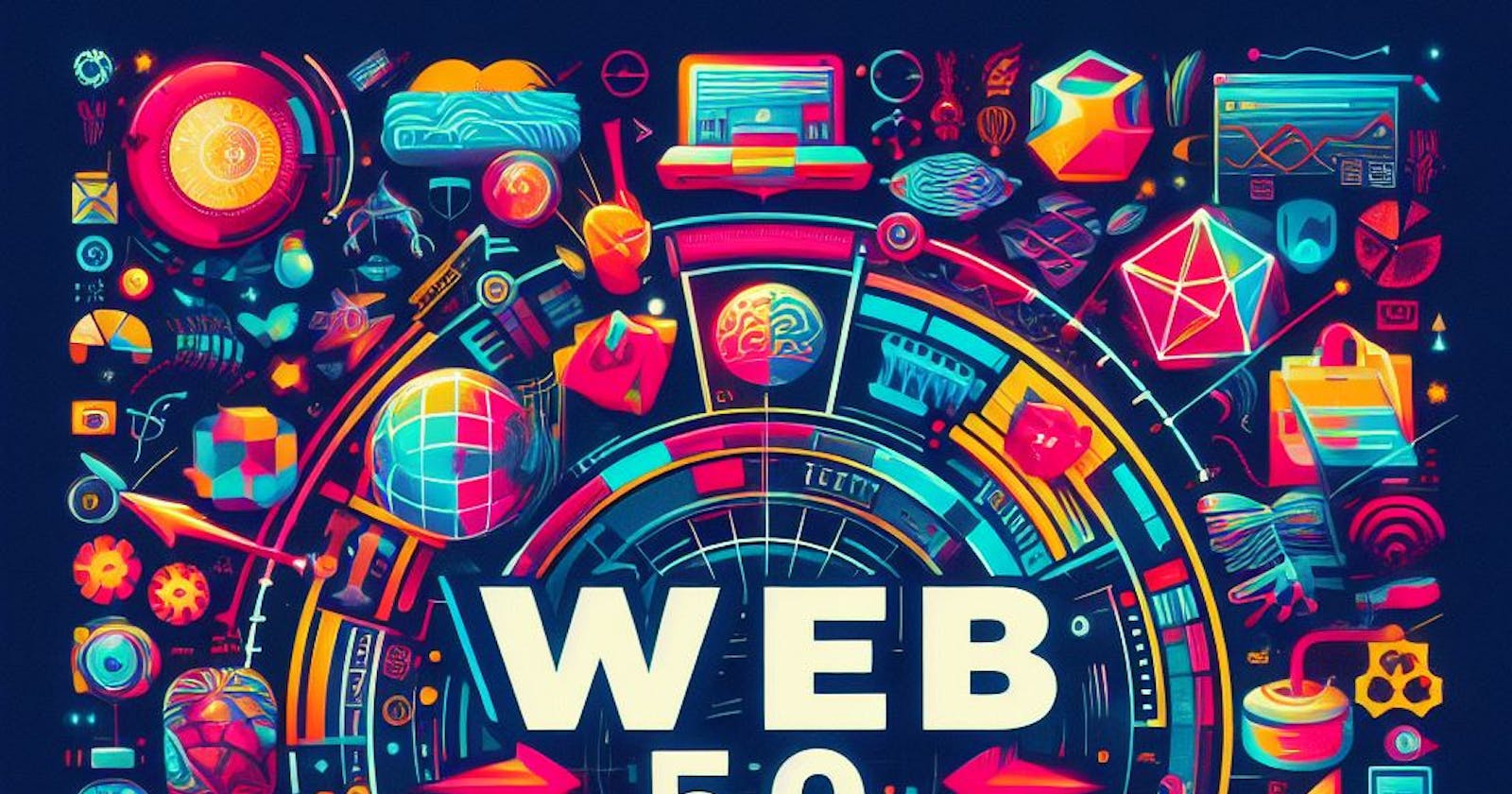Introduction:
In the ever-evolving landscape of web technologies, decentralization has emerged as a cornerstone for innovation, privacy, and user empowerment. At the forefront of this movement stands Web5, an innovative platform that redefines the way we conceive and build decentralized applications (dApps). Let's dive into the intricacies of Web5, exploring its capabilities, features, and how it's shaping the decentralized future of web applications.
Understanding Web5
A Paradigm Shift in Decentralization
Web5 signifies a significant leap forward in decentralized application development. Unlike its predecessors, Web5 isn't just a framework; it's a comprehensive ecosystem empowering developers to craft robust dApps seamlessly integrated with decentralized identifiers (DIDs), decentralized web nodes (DWNs), and verifiable credentials (VCs).
Unraveling the Web5 Framework
At its core, Web5 offers a powerful SDK (Software Development Kit) that simplifies the creation of decentralized applications. Its versatile set of tools, APIs, and libraries enable developers to harness the potential of decentralization effortlessly.
Building with Web5: A Step-by-Step Journey
Materializing the Vision: An Overview
To comprehend the prowess of Web5, let's explore a comprehensive guide illustrating its application in creating a shared to-do list dApp.
Embracing Decentralization
The journey begins by diving into the foundation of decentralized apps, understanding the decentralized nature of Web5, and setting the stage for building a collaborative application.
- Nurturing the Seed of Innovation
The process unfolds with the installation of Web5, initialization of a new Web5 app, and the pivotal role of DIDs in user identification. It seamlessly guides developers through creating, reading, updating, and deleting data from a user's personal data store.
- Defining the Rules of Engagement
Protocols, an essential aspect of Web5, are unveiled, showcasing how they define data schema, permissions, and interactions within the dApp. Here, the creation of a protocol for sharing to-do lists establishes clear boundaries for user actions and permissions.
- Orchestrating the Symphony of Decentralization
This part showcases the integration of Web5 within a Nuxt.js application, emphasizing the creation of a Nuxt plugin to utilize Web5 across multiple pages. It also illuminates the creation of shared lists, defining permissions, adding tasks, and managing completeness in a collaborative environment.
The Unparalleled Strengths of Web5
Empowering Decentralization at Scale
Web5's robustness lies in its ability to scale decentralized applications without compromising on security or efficiency. Its architecture fosters trust, privacy, and scalability, making it a top choice for developers venturing into the decentralized world.
Seamlessly Integrated Ecosystem
With a seamless integration of DIDs, DWNs, and VCs, Web5 empowers developers to build applications that prioritize user ownership, privacy, and control over their data. This integrated ecosystem forms the backbone of trust and transparency.
Future-Proofing Decentralization
As the digital landscape evolves, Web5 remains at the forefront, evolving to meet the challenges and demands of tomorrow's decentralized applications. Its commitment to backward compatibility ensures a future-proof framework for developers and users alike.
Understanding the Genesis of Web5
A Journey of Evolution
Web5 didn't emerge overnight; it's a culmination of years of evolution in decentralized technologies. Born from the collective efforts of visionaries and developers in the decentralized space, Web5 represents a milestone in the quest for a truly decentralized web.
The Fusion of Web 2 and Web 3: 2 + 3 = 5
At its core, Web5 symbolizes the fusion of two fundamental web paradigms - Web 2 and Web 3. Combining the user-centric, interactive nature of Web 2 with the decentralized, trustless architecture of Web 3, Web5 emerges as a natural progression, offering a blend of user-friendliness and decentralized principles.The numerical representation of '5' in Web5 signifies this amalgamation, where the sum of Web 2 and Web 3 leads to an evolved and more robust decentralized web experience.
Responding to the Need for Privacy and Control
The genesis of Web5 stems from a pressing need for decentralized applications that prioritize user privacy, data ownership, and control. It addresses the limitations of centralized systems, ushering in an era where users are in command of their digital destinies.
Conclusion: Embracing the Future with Web5
In conclusion, Web5 emerges as a beacon of innovation in the realm of decentralized applications. Its robust features, integrated ecosystem, and commitment to privacy and user control position it as a game-changer in the evolution of the decentralized web.
With Web5, developers are empowered to craft applications that not only embrace decentralization but also redefine user experiences, fostering trust, security, and transparency.
As the digital world navigates toward a decentralized future, Web5 stands tall, paving the way for a web that champions user sovereignty and redefines the paradigms of application development.
Web5 isn't just a framework it is a philosophy a vision a revolution in the making, steering us toward a decentralized utopia where users are in command of their digital destinies.

